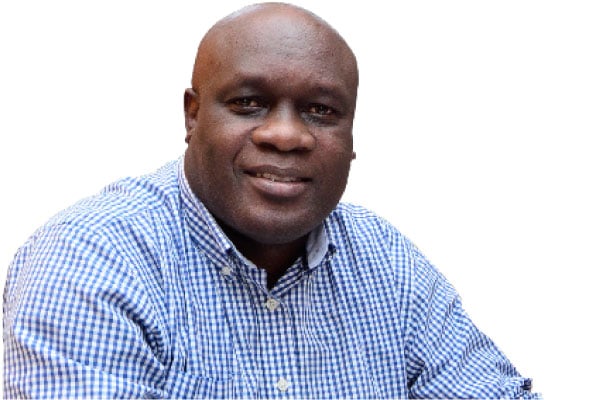Prime
News mirages kill trust in journalism

Writer: Odoobo C. Bichachi. PHOTO/COURTESY
What you need to know:
- News mirages thrive where there are news deserts. The absence of professionally distilled news encourages news mirages to sprout and spread.
We all know what a mirage is from our elementary physics, or from practical experience as we travel the road and somewhere ahead, we see a pool of water glittering in hot sunshine in the middle of the road only to get there and it has disappeared.
Scientifically, a mirage is defined as “an optical illusion caused by atmospheric conditions, especially the appearance of a sheet of water in a desert or on a hot road caused by the refraction of light from the sky by heated air.” Figuratively, however, it is defined as “an unrealistic hope or wish that cannot be achieved.”
What, then, is a news mirage?
Well, this is “news” that is believed to be true or real but that is actually false or unreal. News mirages, in essence, are cousins of misinformation, disinformation and mal-information. News mirage has especially grown as a phenomenon in the era of social media, fake news, and artificial intelligence whereby technology has enabled individuals and some organisations to manipulate information and news and share it widely.
So, yes, news mirages look like news, but they are not news!
According to Nabiha Syed and Sisi Wei of The Markup, “News mirages are entrancing. When a community is exposed to one, they feast on what looks like safe and trustworthy information –but it isn’t news, it’s just sand. We’ve become accustomed to some of the forms this can take –hot takes and unverified rumours...”
Indeed when you navigate the internet and social media, even here in Uganda, you will likely run into “news stories” published by little-known news websites and purportedly written journalists that, on careful examination, leave more questions than answers or are short on facts. Such stories usually seek to promote or malign individuals and organisations, or distort narratives in the public domain.
Quite often, this is paid for, or seeks to extort from victims of the “news” stories!
Sadly as Syed and Wei note, “It [news mirage] lives alongside journalism, it looks like a journalist wrote it, and it’s totally imaginary. While one might see the economic motivations…it doesn’t do much for overall trust in journalism.”
If it lives alongside journalism, then news mirage creators live alongside journalists and pass off as journalists. Sometimes, they are actually journalists but for whom the journalism professional and ethical code of conduct is just a useless piece of paper. These have chosen to follow the inglorious path of “man eateth where he worketh”.
The impact of news mirages on society cannot be underestimated. Just like fake news, disinformation, misinformation, etc, the news mirages create distortions in the information chain leaving the public misinformed or misled. News mirages also undermine the values underpinning freedom of information, and ultimately, they create distrust of news, even from professional and credible news sources.
So what is to be done by journalists? News mirages thrive where there are news deserts. The absence of professionally distilled news encourages news mirages to sprout and spread.
Wei suggests in her article, “News mirages (not news deserts) are the scarier problem” (www.nieman.org): “Each journalism organisation is a news oasis. But we can’t simply exist, hoping communities will stumble upon us. It’s on us to make sure our work reaches them. Journalists must double down on finding, publishing, and distributing quality independent information to fill the void. It’s not enough to only dispel the illusions created by news mirages. If we only debunk misinformation without publishing quality information of our own, we have only shifted a news mirage back into a news desert.”
Beyond this, there is a need for increased media literacy because “It’s not just about reporting and publishing stories. It’s about teaching communities how to recognise when they’re being manipulated by technology and how to access good information.”
And, Wei concludes: “We have to focus on the journalistic “last mile” — not only producing reliable, independent information, but making sure that people actually receive it and can act on it. It is not: If you build it, they will come. It is: If you build it, deliver it to people.”
*****
READERS HAVE THEIR SAY
Omamteker Darlington: I am a retired airline captain who is so much in love with Sunday Monitor’s “Mudoku” word challenge but for the past year, the level has come down to one. I would appreciate it if you went back to the original level.
Send your feedback/complaints to [email protected] or
call/text on +256 776 500725.



